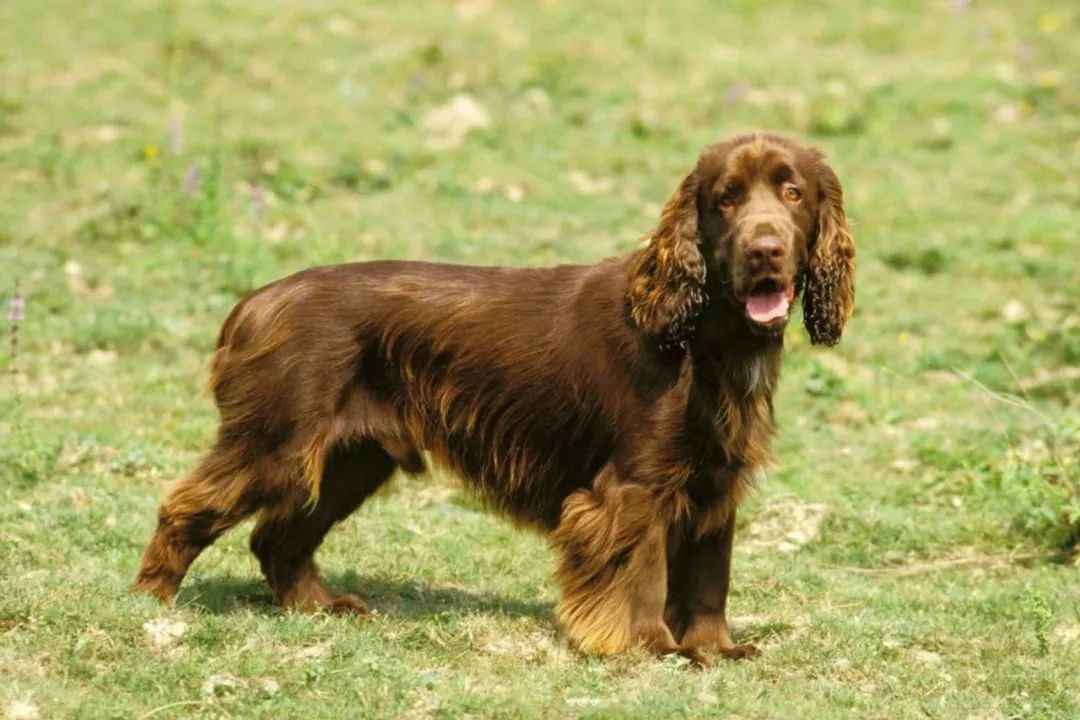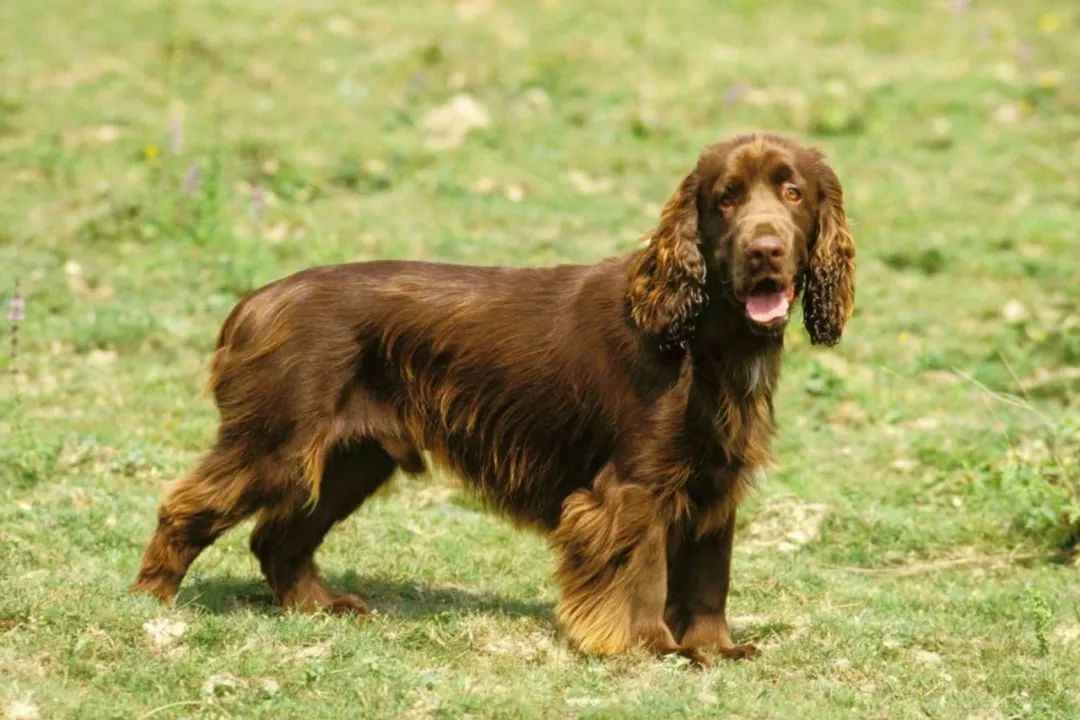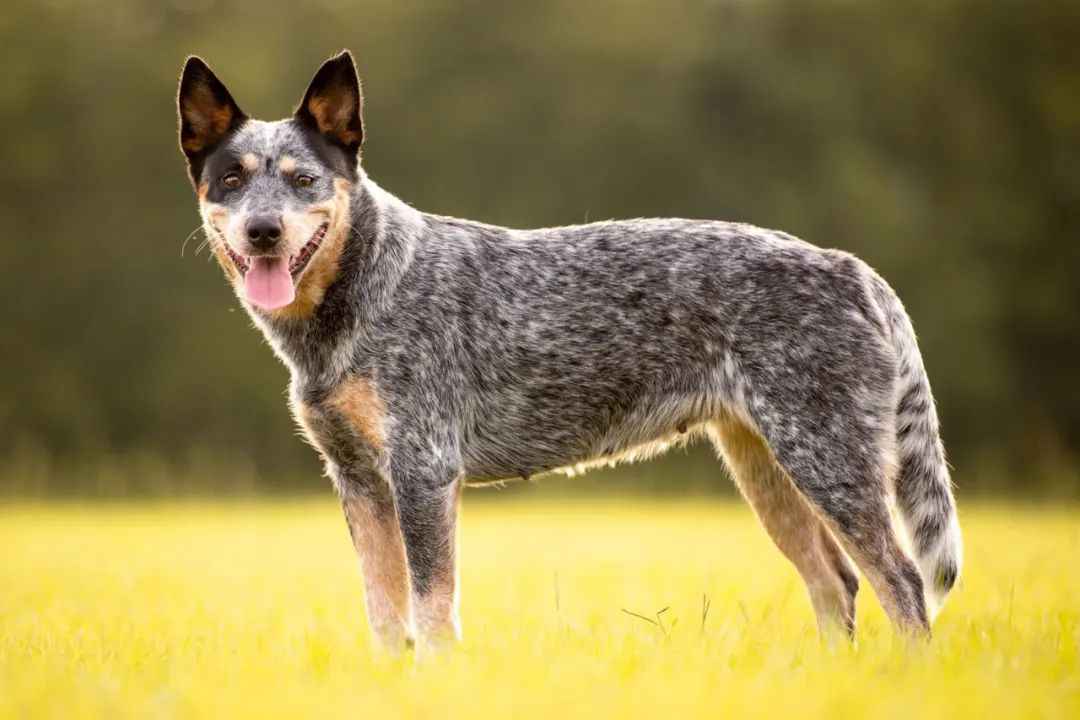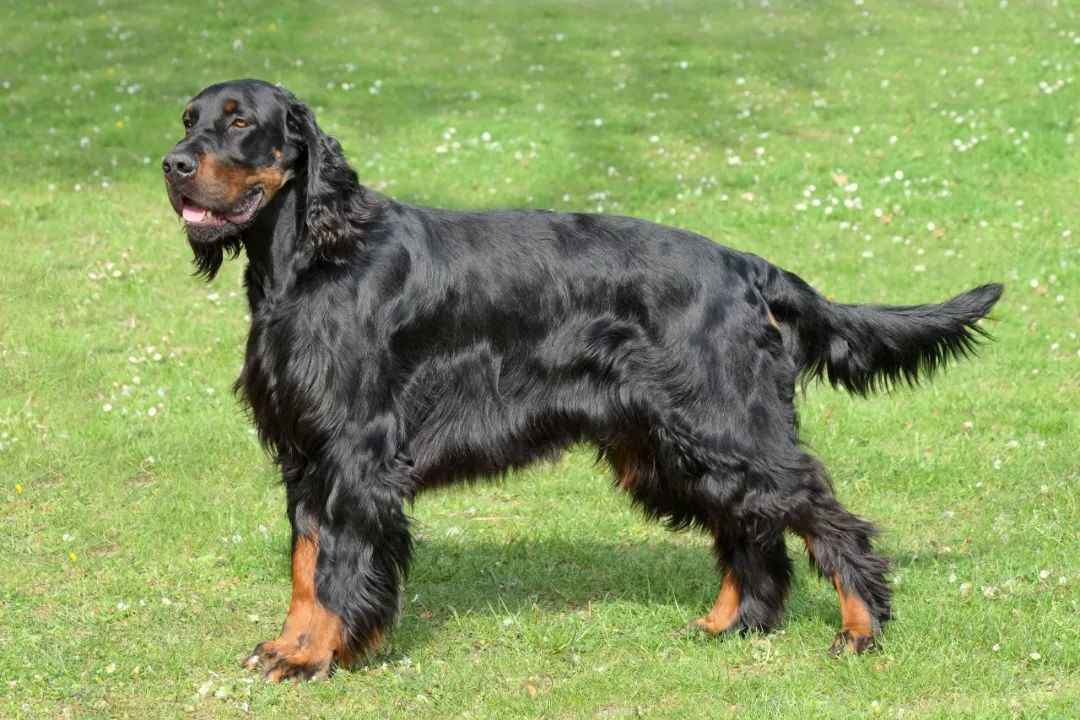Originating in 19th-century England, the Field Spaniel is a medium-sized sporting dog developed through crosses of English Springer Spaniels, Cocker Spaniels, and Sussex Spaniels. Bred to excel in diverse terrains, this breed was officially recognized in 1892 for individuals exceeding 25 pounds, while smaller variants became English Cocker Spaniels23. However, excessive focus on exaggerated physical traits in early breeding led to health issues and near-extinction. A revival in the 1940s through selective crossbreeding with Cockers and Springers restored its functional form23.
Field Spaniel: A Resilient Sporting Breed with a Rich Heritage

Source: Images from the Internet, if there is any infringement, please contact the removal of
Originating in 19th-century England, the Field Spaniel is a medium-sized sporting dog developed through crosses of English Springer Spaniels, Cocker Spaniels, and Sussex Spaniels. Bred to excel in diverse terrains, this breed was officially recognized in 1892 for individuals exceeding 25 pounds, while smaller variants became English Cocker Spaniels23. However, excessive focus on exaggerated physical traits in early breeding led to health issues and near-extinction. A revival in the 1940s through selective crossbreeding with Cockers and Springers restored its functional form23.
Appearance & Temperament
Standing 43-45.5 cm tall and weighing 16-23 kg, the Field Spaniel features a silky, straight-to-wavy coat in black, liver, or roan, with optional white chest markings25. Its long, pendulous ears, almond-shaped dark brown eyes, and strong muzzle convey both elegance and strength24. Known for their gentle and sensitive nature, these dogs are deeply loyal to families but reserved with strangers, requiring early socialization to thrive in varied environments56. As descendants of hunting dogs, they demand over 40 minutes of daily exercise, excel in swimming and tracking, yet adapt seamlessly to quiet family life57.
Health & Care
With a lifespan of 10-12 years, the breed faces risks like hip dysplasia (18.7% prevalence), retinal dysplasia (8.75%), and hypothyroidism (6.8%)29. Regular eye exams and joint health monitoring are critical. Weekly brushing prevents coat tangles, while ear cleaning reduces infection risks69. Due to proneness to separation anxiety, prolonged isolation should be avoided9.
Training & Socialization
Highly intelligent, Field Spaniels respond best to positive reinforcement training, though they require gentle, consistent guidance78. Early exposure to children and other pets mitigates shyness and fosters adaptability68. They shine in agility and obedience tasks, making them suitable for hunting, search-and-rescue, and companionship78.
Today, the Field Spaniel’s balanced temperament and versatility make it a cherished family pet and working dog. Its storied history—marked by decline and revival—reflects humanity’s complex relationship with canine breeds, while the breed itself continues to embody loyalty and resilience.






